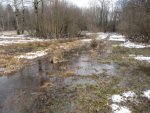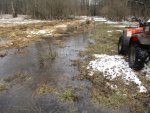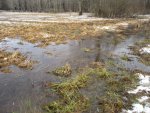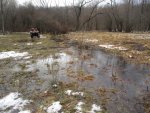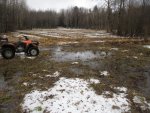Drifthopper
Member
Equipment
2000 L3710 HST w/ Woods 1012 FEL. LandPride FDR2572, 60" Brush Hog: Need 60" BB
One of my projects for this summer is to put a culvert pipe in this ditch / low area and make it where i can drive my tractor across it.
It's not really a fast flowing ditch, but the whole low area is real soft.... even in the summer.
I want to put the culvert in, basically right where the 4 wheeler is.
But.... not sure what diameter I can get away with so it won't wash out.
Any input on sizing is appreciated...!
It's not really a fast flowing ditch, but the whole low area is real soft.... even in the summer.
I want to put the culvert in, basically right where the 4 wheeler is.
But.... not sure what diameter I can get away with so it won't wash out.
Any input on sizing is appreciated...!
Attachments
-
204.4 KB Views: 253
-
194.2 KB Views: 263
-
201.5 KB Views: 246
-
210.1 KB Views: 252
-
197.6 KB Views: 245
-
187.7 KB Views: 236


